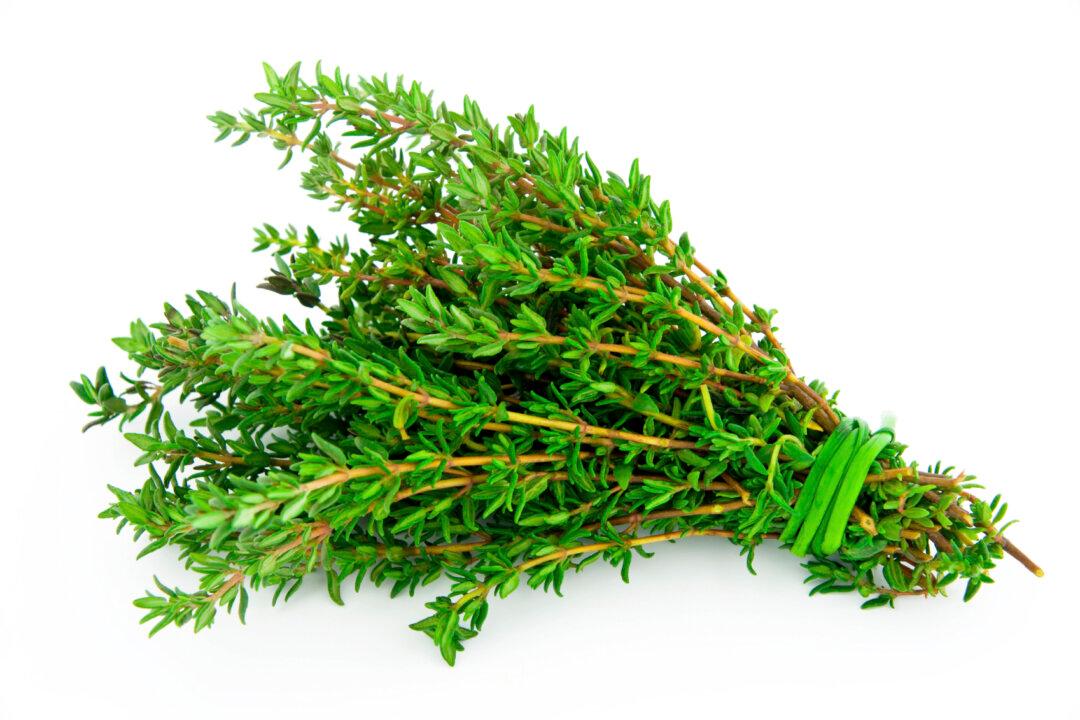The herb thyme has been a culinary favorite for many generations, but it was once a top choice in European folk medicine for treating a wide variety of health issues.
Thyme is a name that is tempting to pun, but no one is quite sure where it comes from. Some say it originates from an ancient Greek word, “thumus,” meaning courage. Others say it comes from an Egyptian word, “tham,” meaning fragrant. Both interpretations point to key qualities of this herb.






